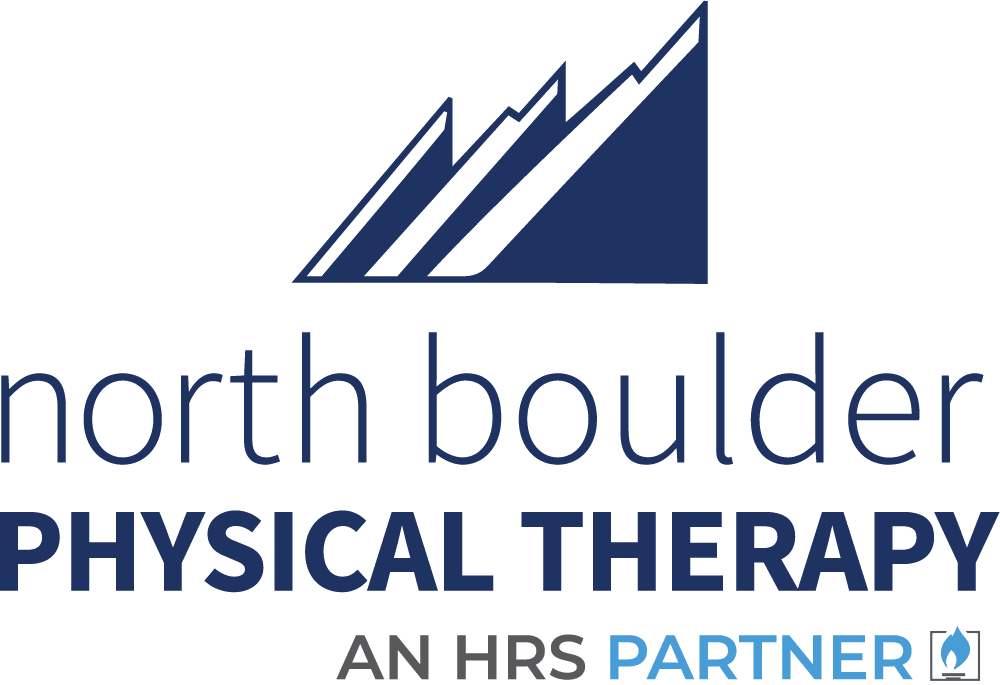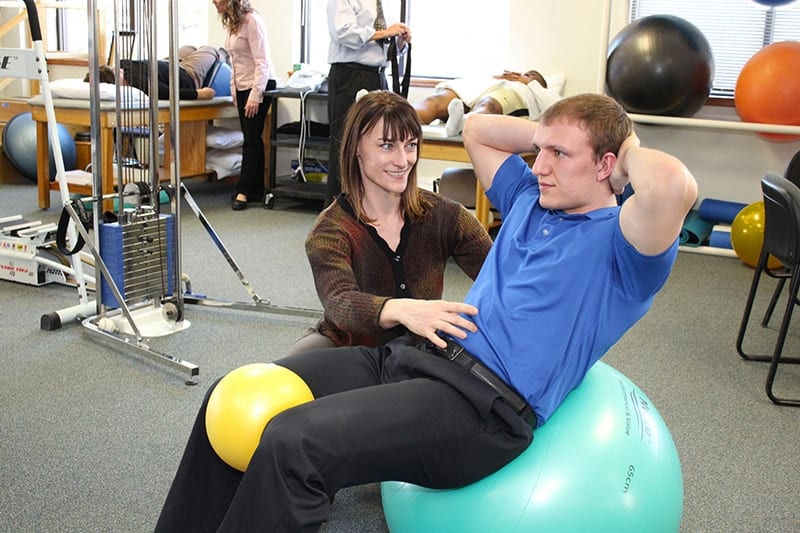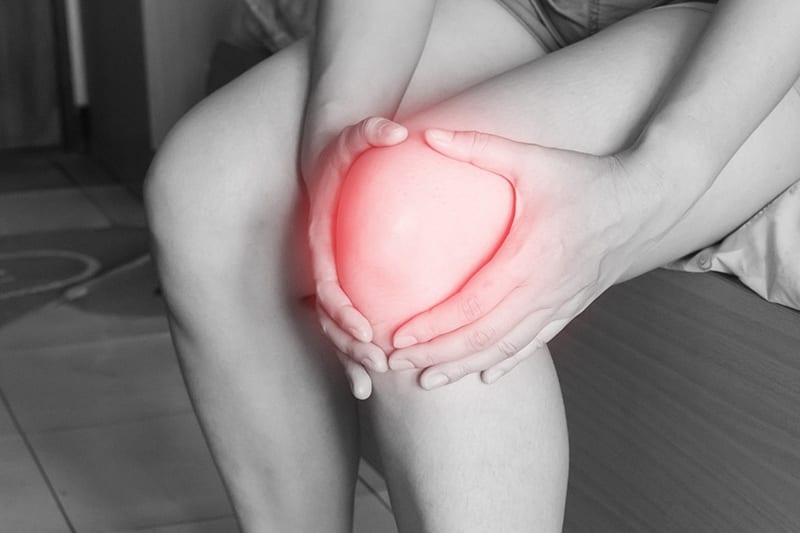 At North Boulder Physical Therapy, our patients often ask what is a balance disorder and how does the inner ear work.
At North Boulder Physical Therapy, our patients often ask what is a balance disorder and how does the inner ear work.
A balance disorder causes dizziness or vertigo (a spinning sensation), falling or the feeling of falling, lightheadedness, faintness, or a floating sensation, blurred vision, confusion or disorientation. Sometimes it might cause nausea and vomiting, diarrhea, changes in heart rate and blood pressure, and fear, anxiety, or panic.
A balance disorder can also lead to fatigue and depression. They can be brought on by a problem with the inner ear or the brain, some medications, and certain health conditions.
Potential medical issues that may cause a balance problem include: Ménière syndrome, labyrinthitis, benign paroxysmal positional vertigo, ear infections, tumors or head injury.
Inside the inner ear is what is called a labyrinth, which is basically soft tissue and bone. It is what controls the sense of balance. The labyrinth is a system of loops and pouches, sort of maze-like, that help us keep balance. The loops and pouches are called semicircular canals and otolithic organs. Inside the inner ear is also the cochlea which allows us to hear.
The semicircular canals are three fluid-filled loops that tell the brain when our head moves in a rotating or circular way. Positioned between the semicircular canals and the cochlea is the otolithic organs. They are two fluid-filled pouches called the utricle and the saccule. These inform the brain when the body is moving in a straight line and the head position.
Like the semicircular canals, the otolithic organs have sensory hair cells along the bottom of each pouch, and their stereocilia extend into an overlying gel-like layer. Otoconia are on top of the gel and are tiny grains made of calcium carbonate. When the head tilts, gravity pulls on the grains and moves the stereocilia. Just like the semicircular canals, this movement signals the brain about the position of the head.
All of these parts of the inner ear that help with balance are called the vestibular system. It works with our eyes and bones and joints to keep our body either at rest or in motion and allows us to focus on things when our body position changes. The vestibular system has to detect mechanical forces, even gravity, that act upon our vestibular organs as we move.
Our visual system works with our vestibular system to keep objects from blurring when our head moves and to keep us aware of our position when we walk or when we ride in a vehicle. Sensory receptors in our joints and muscles also help us maintain our balance when we stand still or walk. The brain receives, interprets, and processes the information from these systems to control our balance.
When the signals from any of these sensory systems don’t work, there can be problems with the sense of balance and what is a balance disorder. A balance disorder can increase the risk of falling and injury and can often be treated here at North Boulder Physical Therapy, depending on the cause.



